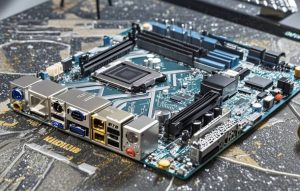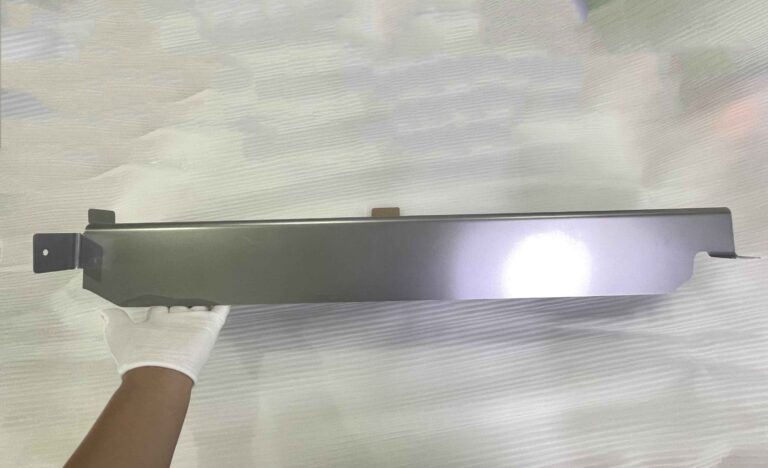RECENT POSTS
Share:
- September 23, 2024
Mini-ITX motherboards are small form-factor motherboards designed for use in compact and energy-efficient computing systems. These motherboards, which typically measure less than 17 by 17 centimeters, are a popular choice for building small-scale computing systems that require low power consumption, such as in small businesses and homes, as well as for use in industrial automation, medical equipment, and other embedded system applications.

Mini-ITX motherboards are based on the Mini-ITX form factor, which was developed by VIA Technologies in 2001. The Mini-ITX standard specifies a low-power motherboard that can be easily integrated into small computing systems and is therefore suitable for use in energy-saving desktop computers, notebook computers, and other mobile devices.
Mini-ITX motherboards typically offer a range of features that make them suitable for use in different applications. These features include support for Intel and AMD processors, multiple storage interfaces such as SATA and IDE, multiple display outputs, USB and serial ports, and audio interfaces. Some models also include additional features like built-in Wi-Fi, Bluetooth, or even additional graphics processors that make them suitable for use in high-end gaming or professional graphics applications.
Mini-ITX motherboards are typically less expensive than their full-size counterparts and are also more energy efficient. They consume less power, resulting in lower cooling requirements and smaller power supplies, which can result in significant cost savings in the long run. Additionally, Mini-ITX motherboards can be mounted in any orientation, including vertical and horizontal orientations, making them suitable for use in space-saving computing systems.
The popularity of Mini-ITX motherboards has grown in recent years due to their small size, low power consumption, and cost-effectiveness. They have become a popular choice for small businesses and home users who need a compact and energy-efficient computing solution that doesn’t compromise performance. Mini-ITX motherboards are also popular for use in embedded system applications due to their small size and low power consumption, as well as their ability to be integrated into any orientation.
The future of Mini-ITX motherboards looks bright as technology continues to advance and smaller, more energy-efficient computing systems become more necessary. As the need for compact and mobile computing solutions continues to grow, likely, the popularity of Mini-ITX motherboards will also continue to grow. As technology evolves, Mini-ITX motherboards are likely to offer more features and higher performance capabilities that will make them suitable for use in even more applications.
In conclusion, Mini-ITX motherboards are an essential part of modern computing systems, providing a small, low-power consumption, and cost-effective solution for building small-scale computing systems and embedded system applications. As technology continues to advance, the popularity and capabilities of Mini-ITX motherboards will likely continue to grow.
0


